A breakthrough microscope captures micro-to-nano biological motion in real time without harming cells.
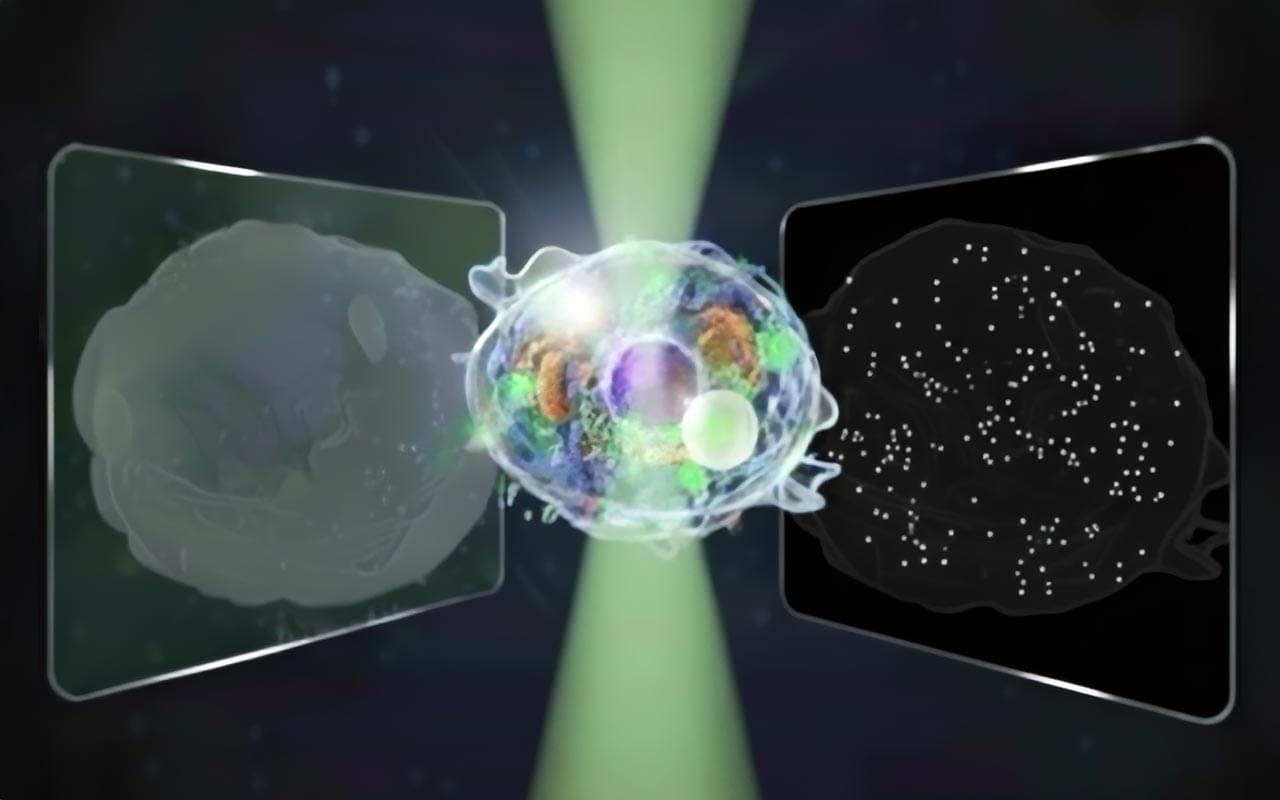


Speaking multiple languages could slow down brain ageing and help to prevent cognitive decline, a study of more than 80,000 people has found.
The work, published in Nature Aging on 10 November1, suggests that people who are multilingual are half as likely to show signs of accelerated biological ageing as are those who speak just one language.
“We wanted to address one of the most persistent gaps in ageing research, which is if multilingualism can actually delay ageing,” says study co-author Agustín Ibáñez, a neuroscientist at the Adolfo Ibáñez University in Santiago, Chile. Previous research in this area has suggested that speaking multiple languages can improve cognitive functions such memory and attention2, which boosts brain health as we get older. But many of these studies rely on small sample sizes and use unreliable methods of measuring ageing, which leads to results that are inconsistent and not generalizable.
“The effects of multilingualism on ageing have always been controversial, but I don’t think there has been a study of this scale before, which seems to demonstrate them quite decisively,” says Christos Pliatsikas, a cognitive neuroscientist at the University of Reading, UK. The paper’s results could “bring a step change to the field”, he adds.
They might also “encourage people to go out and try to learn a second language, or keep that second language active”, says Susan Teubner-Rhodes, a cognitive psychologist at Auburn University in Alabama.
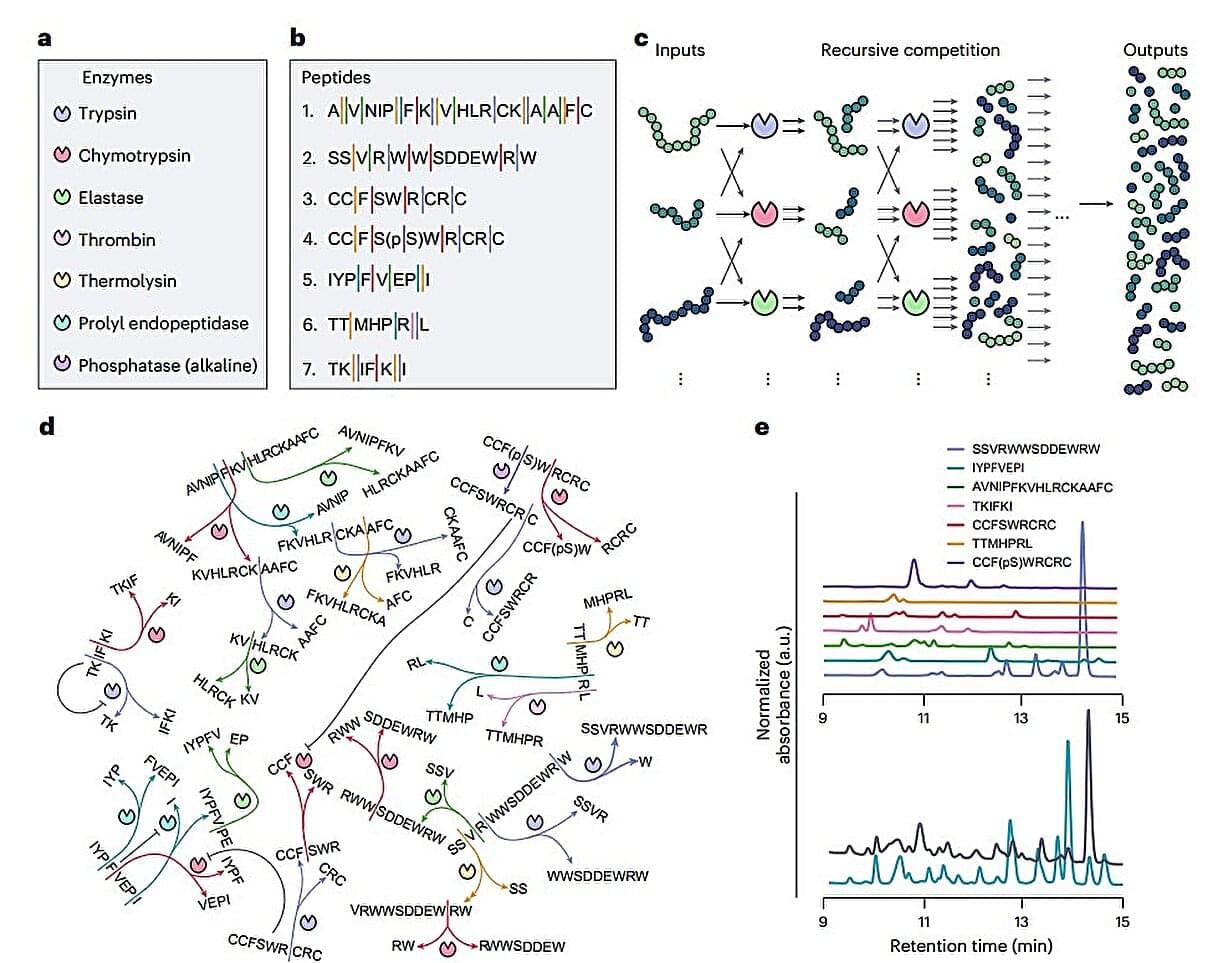
The ability to respond to changing surroundings was once considered exclusive to complex living organisms. Then came computers, specially designed for stimulus–response tasks, which can take in signals from their environment and choose what to do next based on the instructions already written into them.
Scientists have long wanted to replicate this kind of behavior in chemical systems. Life and computers both need many parts working in sync to make decisions, so expecting a handful of chemicals in a test tube to do the same seemed quite far-fetched.
Not anymore. A team of researchers from the Netherlands and Australia has developed a novel chemical network where different peptides compete for enzymes—specifically proteases arranged in a network. This competition causes the chemical mixture to reorganize itself, forming an enzymatic network that adapts to the external environment.
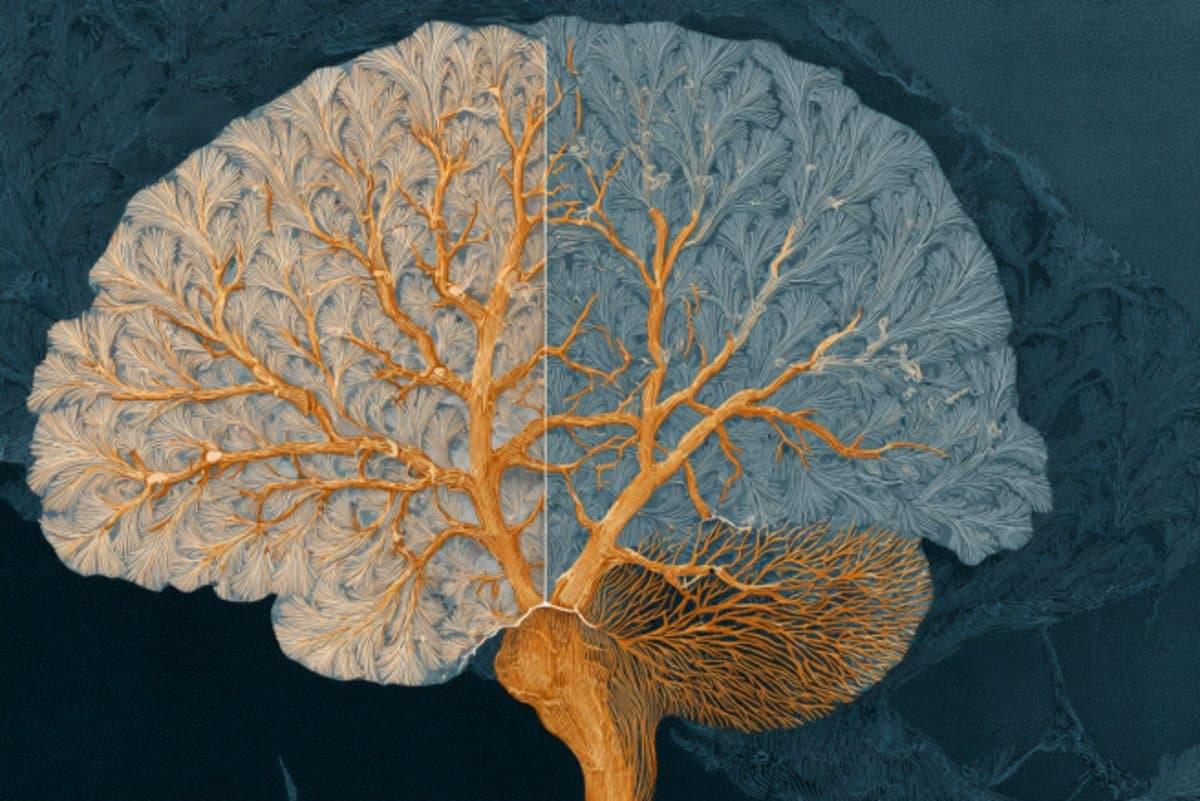
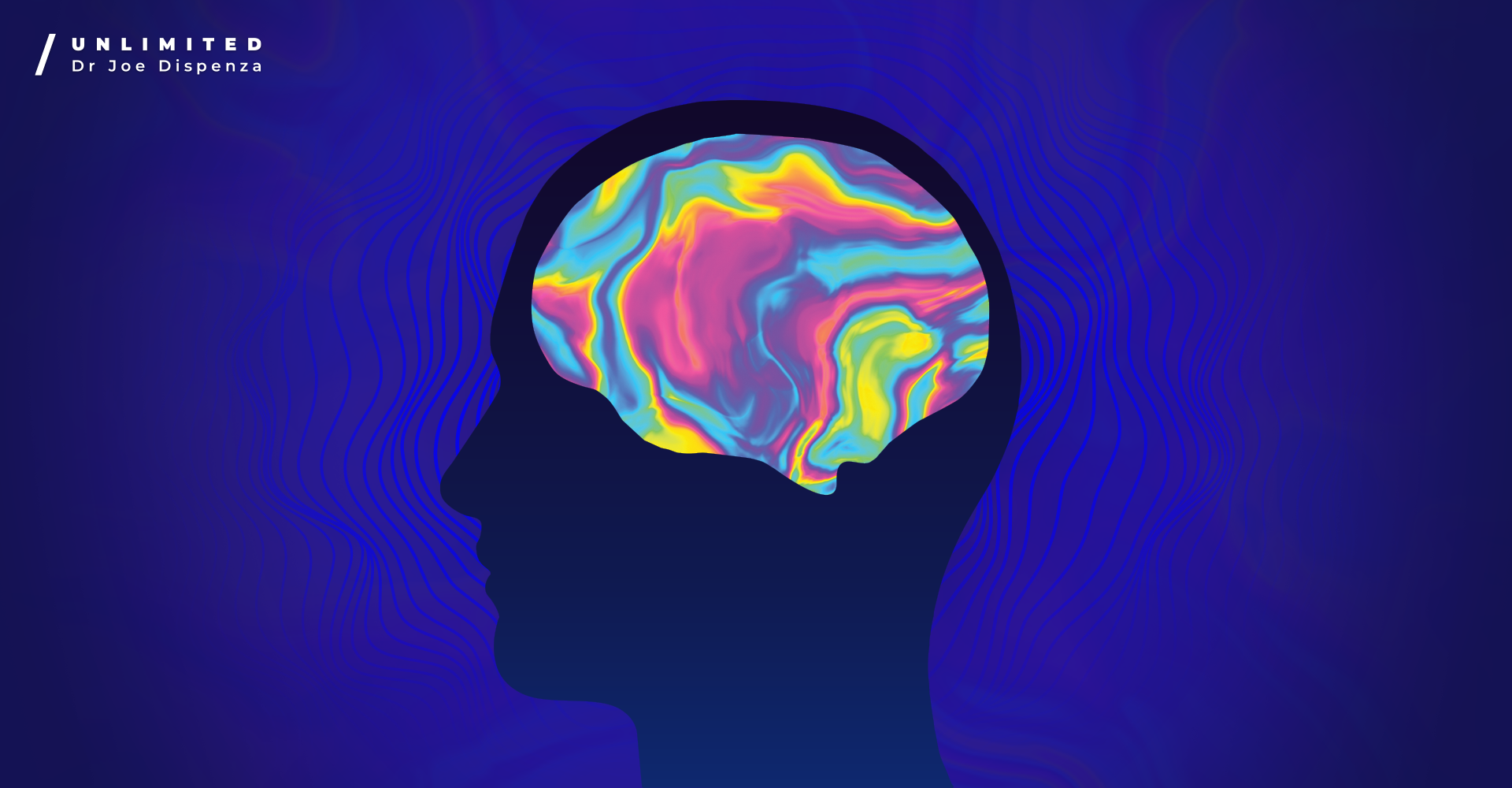
Meditation, and Open Label Placebo Healing Intervention in the scientific journal Communications Biology.
The landmark study demonstrates how intensive meditation can trigger the same profound brain activity previously documented only with psychedelic substances – while simultaneously activating measurable biological transformations throughout the entire body.

Billions of years ago, cyanobacteria began releasing oxygen through photosynthesis, but the atmosphere stayed oxygen-poor for ages. Researchers uncovered that trace compounds like nickel and urea may have delayed Earth’s oxygenation for millions of years. Experiments mimicking early Earth revealed how their concentrations controlled cyanobacterial growth, dictating when oxygen began to accumulate. As nickel declined and urea stabilized, photosynthetic life thrived, sparking the Great Oxidation Event. The findings could also guide the search for biosignatures on distant worlds.
The arrival of oxygen in Earth’s atmosphere marked a defining moment in the planet’s history, transforming it into a world capable of supporting complex life. This major shift, known as the Great Oxidation Event (GOE), took place approximately 2.1 to 2.4 billion years ago. However, oxygenic photosynthesis — produced by cyanobacteria — had likely evolved hundreds of millions of years before this event. Despite this early ability to generate oxygen, atmospheric levels remained low for a surprisingly long time. Scientists have long debated the cause of this delay, considering explanations such as volcanic emissions, chemical sinks, and biological interactions. Yet no single factor has fully explained why it took so long for oxygen to build up in Earth’s air.
To tackle this enduring question, researchers focused on an often overlooked element of early Earth chemistry: the role of trace compounds such as nickel and urea in cyanobacterial growth.

Nano-bio interfaces enable communication between synthetic materials and biological systems at the nanoscale, with their functionality shaped by material properties, surface chemistry and topography. This Review discusses the key considerations and methods for engineering nano-bio interfaces for bioelectrical signal detection and biochemical signal transduction.
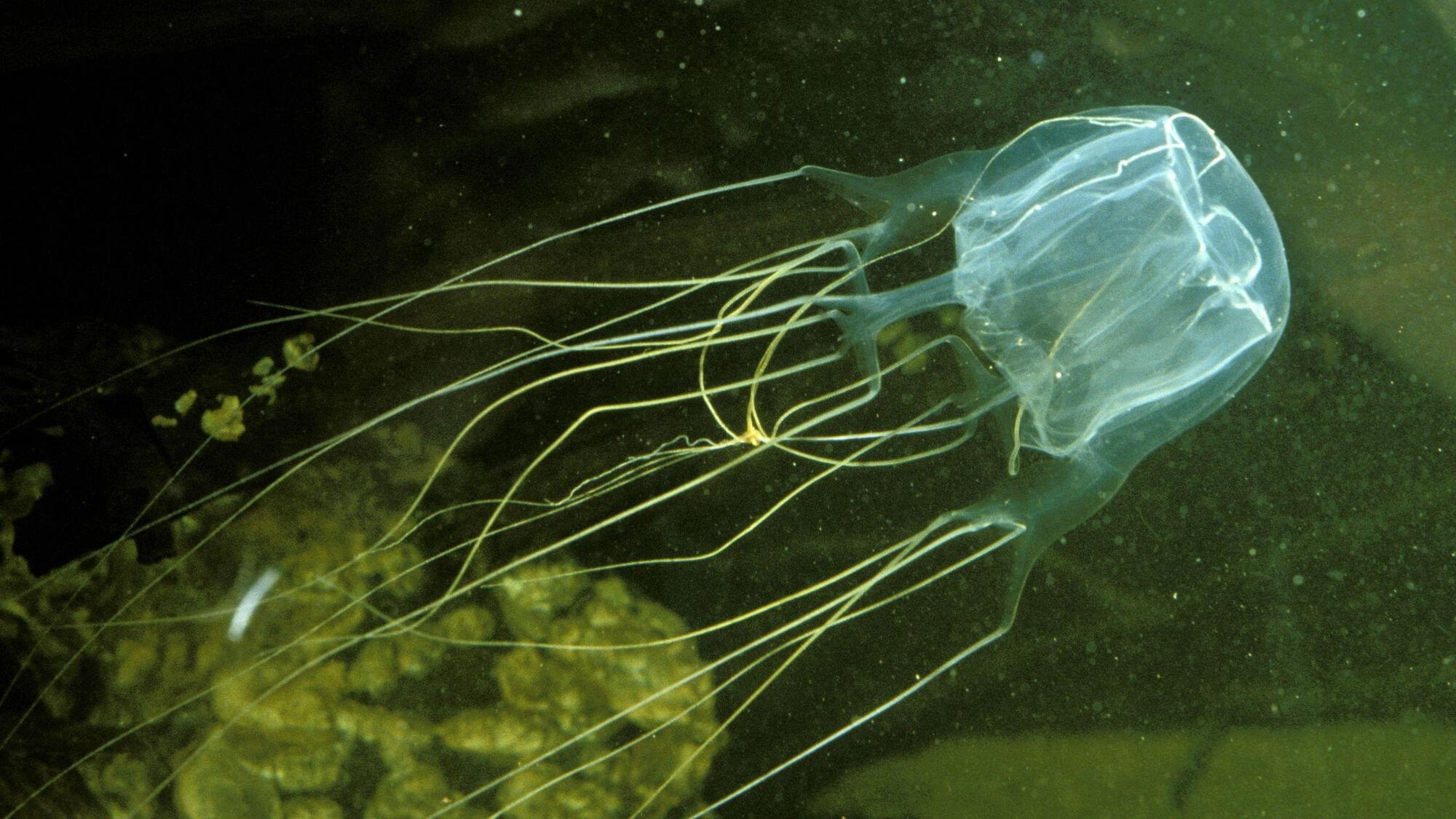
Creatures like sea stars, jellyfish, sea urchins and sea anemones don’t have brains, yet they can capture prey, sense danger and react to their surroundings.
So does that mean brainless animals can think?
“Brainless does not necessarily mean neuron-less,” Simon Sprecher, a professor of neurobiology at the University of Fribourg in Switzerland, told Live Science in an email. Apart from marine sponges and the blob-like placozoans, all animals have neurons, he said.
Creatures like jellyfish, sea anemones and hydras possess diffuse nerve nets — webs of interconnected neurons distributed throughout the body and tentacles, said Tamar Lotan, head of the Cnidarian Developmental Biology and Molecular Ecology Lab at the University of Haifa in Israel.
“The nerve net can process sensory input and generate organized motor responses (e.g., swimming, contraction, feeding, and stinging), effectively performing information integration without a brain,” she told Live Science in an email.
This simple setup can support surprisingly advanced behavior. Sprecher’s team showed that the starlet sea anemone (Nematostella vectensis) can form associative memories — learning to link two unrelated stimuli. In the experiment, the researchers trained sea anemones to associate a harmless flash of light with a mild shock. Eventually, the light alone made them retract.
Another experiment showed that sea anemones can learn to recognize genetically identical neighbors after repeated encounters and curb their usual territorial aggression. The fact that anemones change their behavior toward genetically identical neighbors suggests they can distinguish between “self” and “non-self”
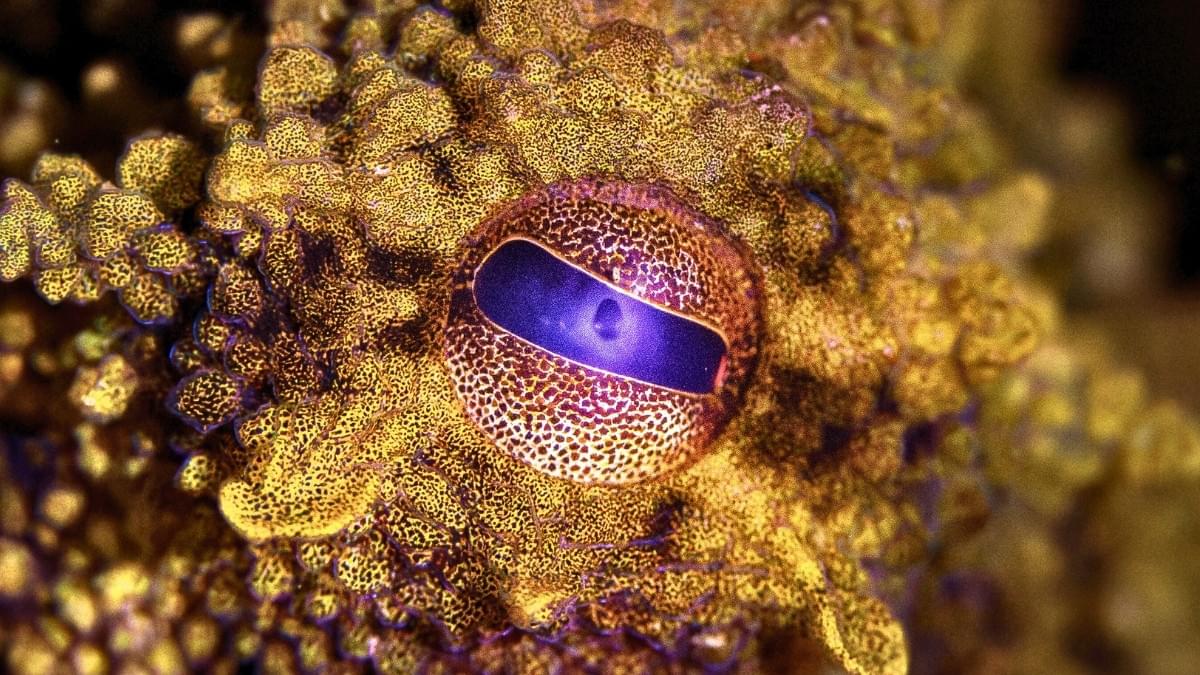
Octopuses and other cephalopods are masters of camouflage, thanks largely to color-changing skin that can help them seemingly vanish into the background. Now, researchers report a big step towards being able to recreate their superpower.
A team led by UC San Diego was able to mass-produce a key pigment, xanthommatin, that occurs in the psychedelic skin of many cephalopods. Until now, xanthommatin has proven impractical to collect from animals or make in a lab.
The researchers technically didn’t make the pigment. They bioengineered bacteria to make it, coaxing microbes to not only produce this rare substance, but to do so with unprecedented efficiency, yielding up to 1,000 times more xanthommatin than previous methods.

Researchers are one step closer to understanding how some plants survive without nitrogen. Their work could eventually reduce the need for artificial fertilizer in crops such as wheat, maize, or rice.
“We are one step closer to greener and climate-friendlier food production,” say Kasper Røjkjær Andersen and Simona Radutoiu, both professors of molecular biology at Aarhus University. The findings are published in the journal Nature.
The two researchers led a new study where they discovered an important key to understanding how we can reduce agriculture’s need for artificial fertilizer.